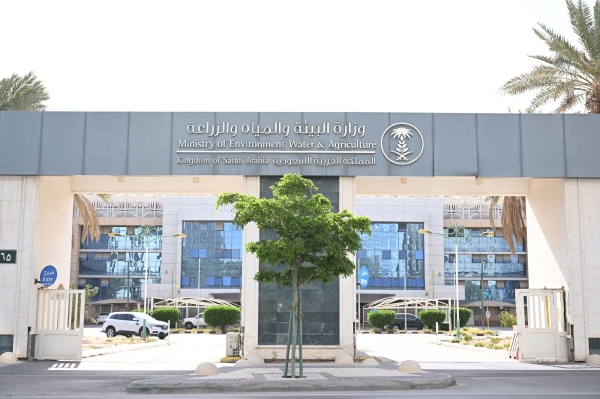

The Saudi G.A.P. certificate stands for 'Good Agricultural Practices Certificate in the Kingdom.' It is an initiative launched by the Ministry of Environment, Water, and Agriculture in 2018 to enhance the efficiency of the agricultural sector by focusing on scientific methods in production and marketing. Its implementation began in stages starting from January 1, 2019.
The Saudi G.A.P. certificate aims to provide and improve the consumption of irrigation water in agriculture through the use of modern irrigation methods, rationalize the use of pesticides and chemical fertilizers, and increase the use of organic fertilizers. This improves soil properties and fertility, enhancing its ability to retain irrigation water. It also aims to encourage farmers to grow crops with higher added economic value, such as fruits and vegetables, open new marketing channels domestically and internationally, improve agricultural operations and practices, increase agricultural production and enhance its quality, improve facilities and working conditions for laborers, and train and qualify farmers and technicians. Additionally, it seeks to boost consumer confidence in local agricultural products by ensuring they receive healthy and safe food products.
The Good Agricultural Practices Certificate, "Saudi G.A.P.," is awarded to farms that meet the specific project requirements and standards. These include risk assessment, record keeping, self-assessment of the production unit, ensuring food safety at all production stages, fuel and energy usage standards, and having a documented system for product tracking and segregation. It also requires competence and training for the production unit manager and those responsible for product management, pest control, fertilizer management, occupational safety, and equipment and machinery. Additionally, it covers labor registration, worker treatment, risk insurance, soil safety and erosion prevention, the safety of water used in agriculture and product handling, sewage management, wildlife improvement and biodiversity protection, pollution and waste management, hygiene and public health guidelines, availability of sanitary facilities, smoking and eating areas, preventive measures against diseases from visitors, effective planning for fertilizer and pesticide use, and general conditions for harvesting, packing, and storage.
Related quizzes
Related articles

